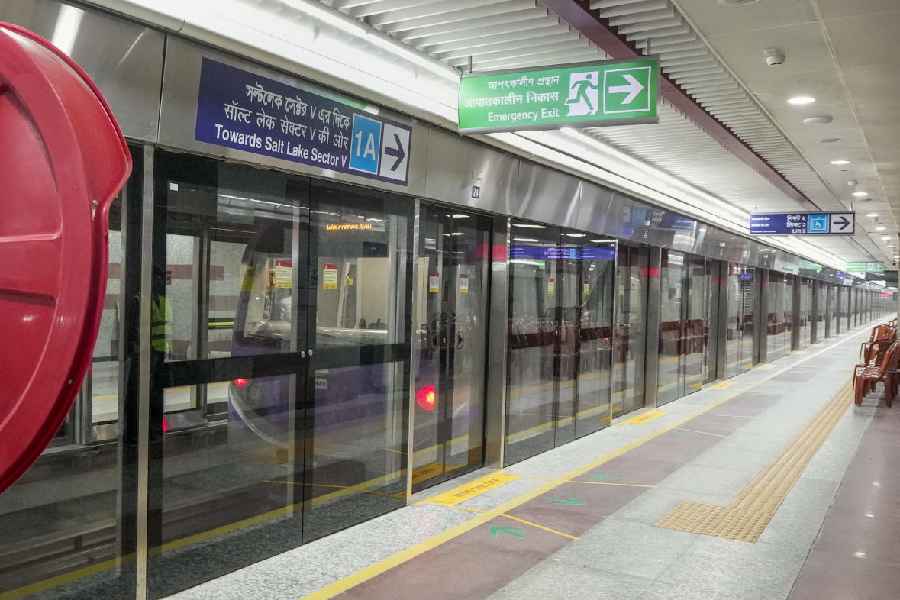On May 12, the prime minister launched the Atmanirbhar Bharat Abhiyan — a mission with a budget of Rs 20 lakh crore, comprising various fiscal measures to promote economic development. The goal — as the name suggests — is to create a ‘self-reliant India’. The idea of self-sufficiency, or ‘going local’, is not novel. One of the strongest proponents of self-reliance was the nation’s founding father, M.K. Gandhi. In 1947, he wrote thus about people becoming self-reliant: “The public should be educated to become self-reliant. Once they know that they have got to stand on their own legs, it would electrify the atmosphere.”
Gandhi believed that a self-reliant India was not possible without self-reliant villages. Recognizing Gandhi’s commitment to atmanirbhar villages, Parliament renamed the National Rural Employment Guarantee (Amendment) Act as the Mahatma Gandhi National Rural Employment Guarantee Act in 2009. The MGNREGA is the only policy that allows people to assess the needs of their village, plan the assets that are to be built, and then work towards building those assets. The MGNREGA is the most important programme for making villages atmanirbhar. Recently, there has been a focus on the construction of assets on ‘private’ land. These include fruit orchards, farm bunds, farm ponds and wells for drinking or irrigation. My study in 2015 showed that wells constructed under the MGNREGA in Jharkhand had led to an estimated 190 per cent increase in the income of beneficiaries. Most of the beneficiaries moved from cultivating a single crop to growing three crops annually. Recently, Jharkhand focused on building water conservation and harvesting structures under the MGNREGA, thereby providing incomes to workers and leading to asset creation, which increases agricultural productivity in an environmentally sustainable manner. This is the time for the rural population, including the migrant workers who have returned, to be engaged in such activities as the creation of farm bunds, farm ponds, recharge pits, small check dams and gully plugging. Another study of mine conducted in Madhya Pradesh had shown that farm bunds under MGNREGA had led to massive increases in agricultural productivity and replenished ground-water levels. The farmers used the bunds to grow legumes, which further prevented soil erosion and surface water run-off. If such activities are undertaken and encouraged, they would have invaluable benefits. There will be a rise in soil moisture, ground-water levels would improve as would agricultural productivity, thereby augmenting the incomes of small and marginal farmers as well as workers who have been reduced to penury during the lockdown.
In the last two months, we have seen nature regenerating itself. They have also given us time to reflect on the future. Should we want to return to the beaten path of development modelled on industrialization and urbanization? This is the road that has led the planet towards the sixth mass extinction of species as well as millions of deaths from pollution. Or should we consider an alternative that fosters a healthy relationship between the environment and mankind? This would be possible if the government decides to strengthen the MGNREGA programme and use it to make India’s villages self-reliant.
But will it?
Recently, a group of ministers headed by the Union social justice minister proposed the transfer of a part of MGNREGA funds to private factories and construction companies in order to hire and pay workers. The government has also increased the allocation for MGNREGA by Rs 40,000 crore. But increasing budgets will not do. In poor states, the scheme is beset with massive corruption, lack of concern for workers’ rights and untenable targets. This can change only if the government decides to ‘go vocal’ for workers’ right to work in their ‘local’ areas.











